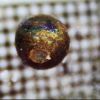‘Dragonfly’ Drone Could Explore Saturn Moon Titan0
- From Around the Web, Space
- May 6, 2017
A proposed eight-bladed drone could soar across Saturn’s moon Titan, exploring multiple sites over the course of decades.
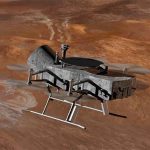
A proposed eight-bladed drone could soar across Saturn’s moon Titan, exploring multiple sites over the course of decades.

Ever since enthusiasm started growing over the possibility that there could be a ninth major planet orbiting the sun beyond Neptune, astronomers have been busy hunting it.
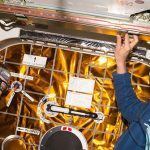
What lurks above.
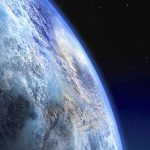
A researcher ran a computer simulation to discover what other planets having water might look like in terms of above surface land.
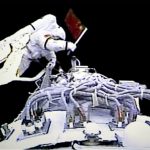
China has announced that between 2019 and 2022, the nation’s space program will launch several manned space flights designed to ultimately complete the Chinese Space Station.

Astronomers have used data from NASA’s Chandra X-ray Observatory to study the properties of dark matter, the mysterious, invisible substance that makes up a majority of matter in the universe.
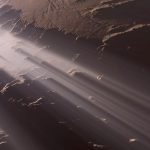
Though the undertaking will no doubt include many challenges, NASA is finally ready to make humanity’s dream of sending people to Mars a reality. To that end, the agency has shared its five-part plan for reaching the Red Planet.
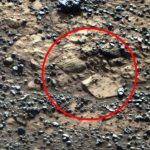
A “FOOTPRINT” has been found on the surface of Mars in an image taken by the NASA Curiosity Rover, it was claimed today.
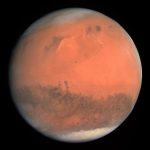
You can’t carry everything you need from Earth, so researchers made 3-D–printed shapes with mocked-up Mars dust
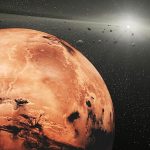
Mars has an asteroid entourage, with nine so-called Trojans trailing in its wake. Now it seems these travelling companions all had the same violent beginning: as the innards of a mini-planet, eviscerated in a violent collision. Some remnants may even have been incorporated into the material that became Mars.



